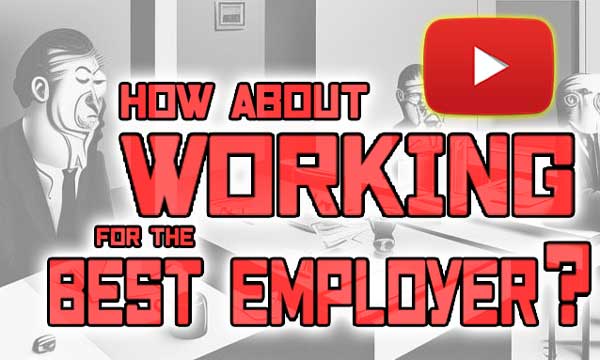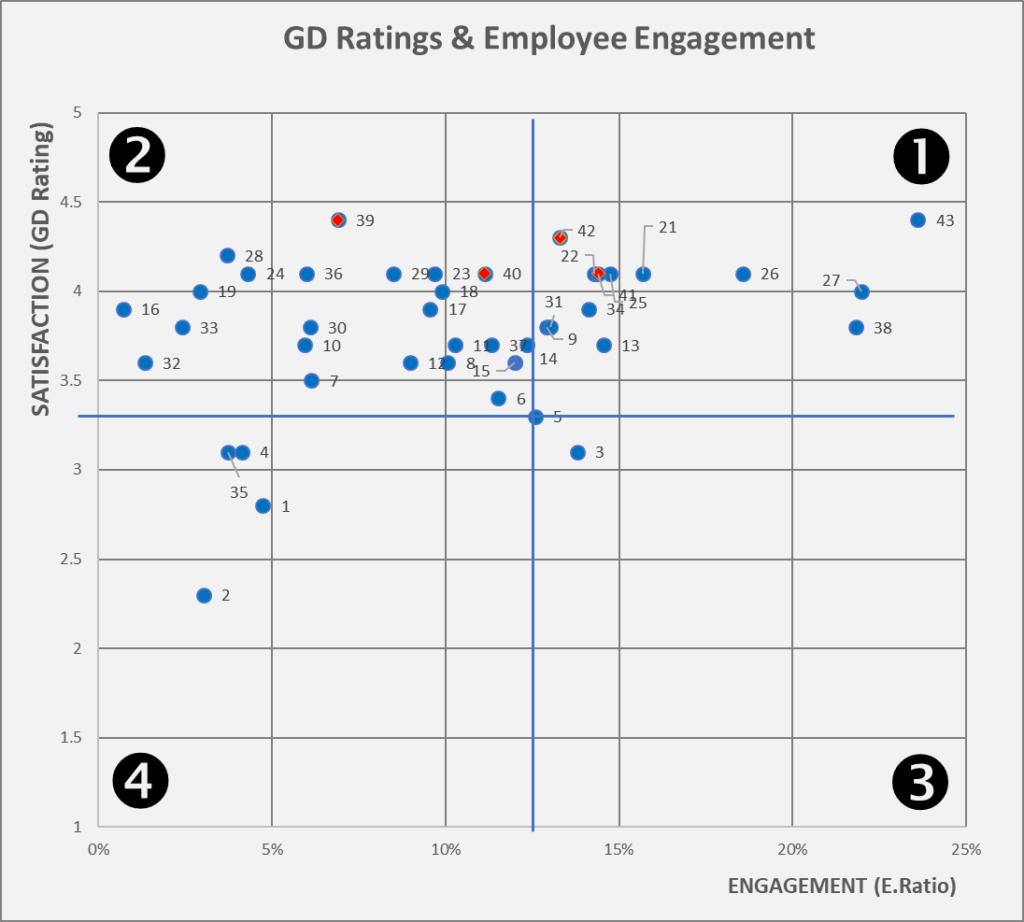Best Employers and Top Universities, Part 1

Would you like to work for the Best Employer?
There are several considerations to be made before rushing in your CV.
If you’re reading this blog, you probably belong to an endangered species, and these considerations could change your career.

Forbes has released its 2023 list of Canada’s Best Employers. Only 300 companies out of 2900 made the final list. Congratulation – to the employees.
More than 12,000 Canadians working for companies with at least 500 employees were asked how likely they were to recommend their employer. I am quoting Canadian data because I happen to know some of the organizations on the list. My conclusions may appear unexpected but they will apply worldwide.
Consider the following.
The #1 employer in all of Canada is Sheridan College. This is the first time I hear about this educational establishment. Maybe that’s just me? Hardly.
To stay objective and unbiased, I looked it up on several “ranking” sites (e.g.: topuniversities.com). Some of the sites would not even recognize the name. And those who recognized would not be particularly excited about Sheridan.
Not surprisingly, the University of Toronto comes on top in almost all Canadian rankings, traditionally rivaled by a close second – McGill. Both universities are in the first hundred globally. Sheridan is in the sixth thousand globally and nowhere near the top in Canada.
Surprised, I checked another university I happen to know – Concordia. This one is well below UoT and McGill as a university – but is well above many organizations as an employer, ranking #16 on the same Forbes list.
It appears that university rankings have a strong inverse correlation with employer rankings.
Here’s how the combined rankings look for Canada:
| Name of the institution | Employer rank | School rank |
| Sheridan College Oakville | #1 | #77 |
| Concordia University | #16 | #19 |
| McGill University | #150 | #2 |
| University of Toronto | #175 | #1 |
Note, it is the employees who assess their employers, while in the case of an educational institution, several objective criteria are considered. They usually include academic reputation and research citations, location, and student life.
Apparently, the criteria used to rank “best employers” are diametrically opposed to those who make up “top universities” rankings.
I am quite certain about this conclusion because it fits well with the cultural assessment that anyone can perform using Glassdoor reviews and ratings. To my personal satisfaction, in the case of these four universities, the correlation is supported by my not-so-scientific research.

The new entrants (red dots) are, left to right: Sheridan, Concordia, UoT, and McGill. (McGill and UoT ratings are very close, so the “wrong” sequence is within the error margin. Important is that Sheridan’s engagement ratio is significantly lower, while Concordia’s is somewhere in between).
Using the data from LinkedIn and Glassdoor, I added the four new players to the old graph.
As I happen to be familiar with some of the higher education actors, I am not surprised. This intimacy even caused a PTSD flashback while I was writing this blog. Therefore, I leave it to the reader to figure out for themselves the root cause of the lower employee engagement rate of the “best employer.”
This university example is a good demonstration of the difference between ‘job satisfaction’ and ’employee engagement’:
- In addition to nice, stress-free 9-to-5 jobs, university staff benefits from a generous employment package and a stunning number of days off. As educational institutions live off our tax money, their staff can enjoy life with minimal commitments or worries about the bottom line, so job satisfaction is guaranteed if you are the right person.
- The worry-free environment grants them the freedom and unlimited time to discuss higher-order SJ matters, and signal their values to the outside world while actively confronting anyone who may be in disagreement. Those not satisfied can take their leave. (And they do.)
- Rooted in ostensibly positive “values” of security and tradition (integrity, honesty, empowerment – insert your favorite pablum brand here), the resulting culture is notoriously stagnant and rarely fosters creativity. Top students and more promising academics tend to move to other, “less best” employers. Those organizations have less satisfied but more engaged staff and students who come together not just for a paycheck or a college degree. Rather, they want to benefit the society that makes their education and research possible.
Bottom line: universities at the top of the list of “best employers” create a vicious circle of inefficiency. This has resulted in poor overall performance and questionable quality throughout the higher education system.
The tendency is obvious: the number of “universities” continues to grow, but their academic level – does not. Because they don’t have the brains to be self-sustaining, tuition goes up way above inflation, driving efficiency down and the smart people – away. Society is goaded to support more than necessary “universities” that issue more advanced degrees than is technically possible, thereby further devaluing higher education.
Why do I put “universities” in quotation marks and why can’t the number of Canadian graduates be scientifically substantiated? – Read Part 2 of the article – and prove me wrong.
